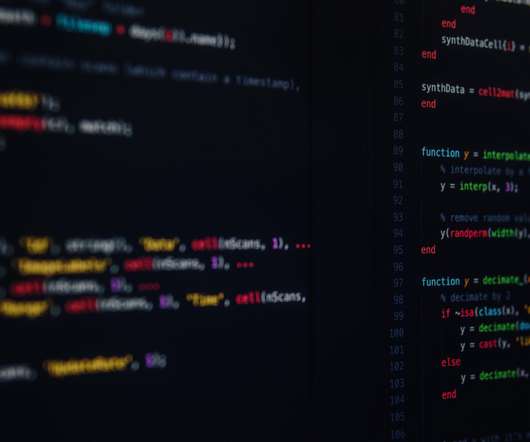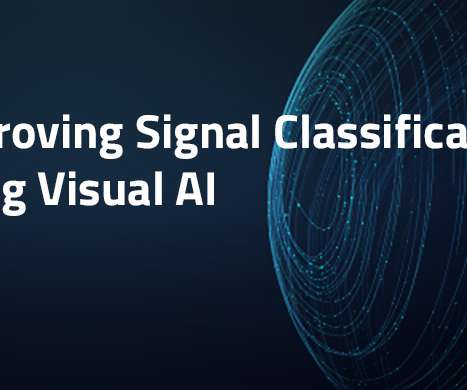Top Data Science Tools That Will Empower Your Data Exploration Processes
datapine
AUGUST 14, 2019
Data science has become an extremely rewarding career choice for people interested in extracting, manipulating, and generating insights out of large volumes of data. To fully leverage the power of data science, scientists often need to obtain skills in databases, statistical programming tools, and data visualizations.

















Let's personalize your content